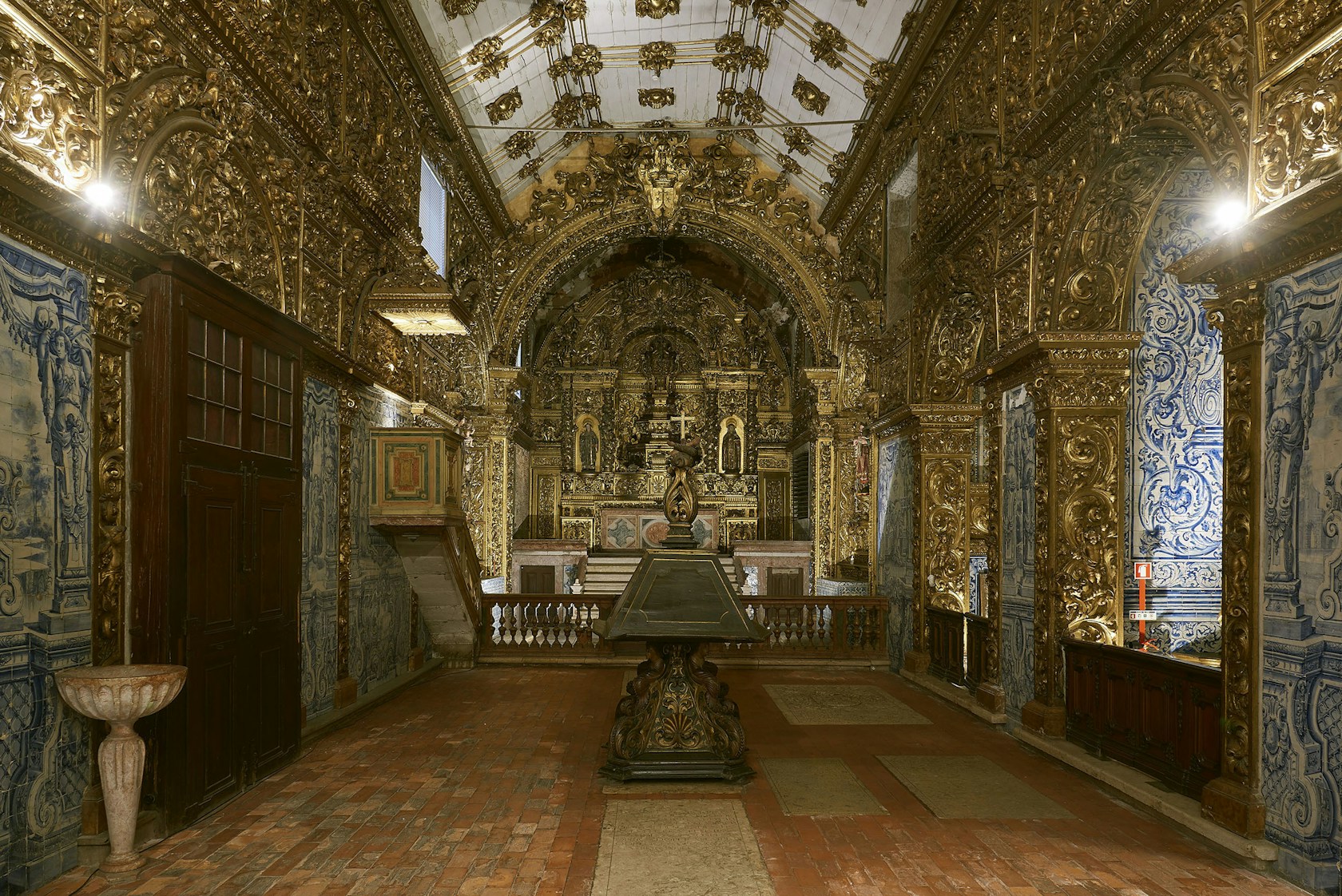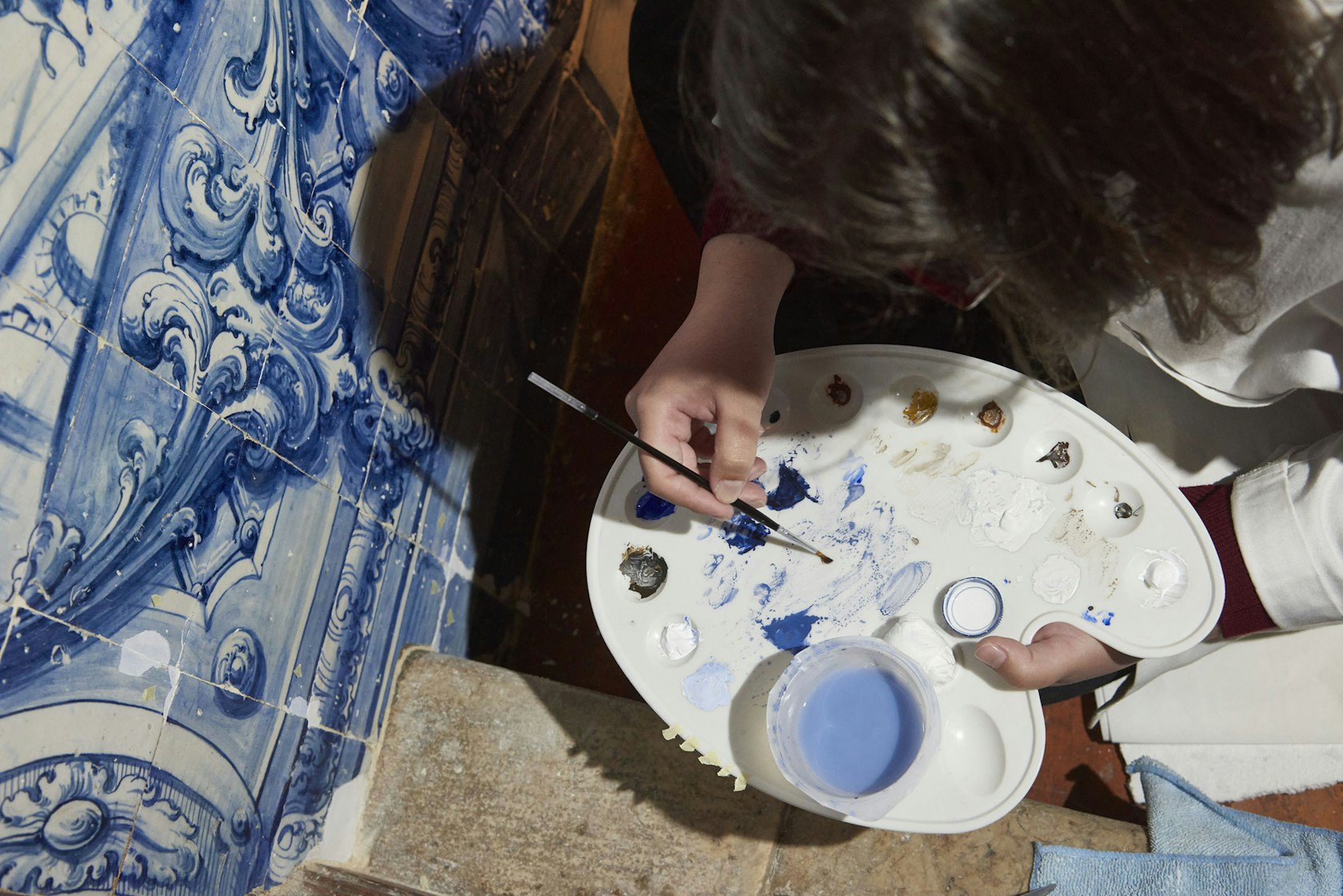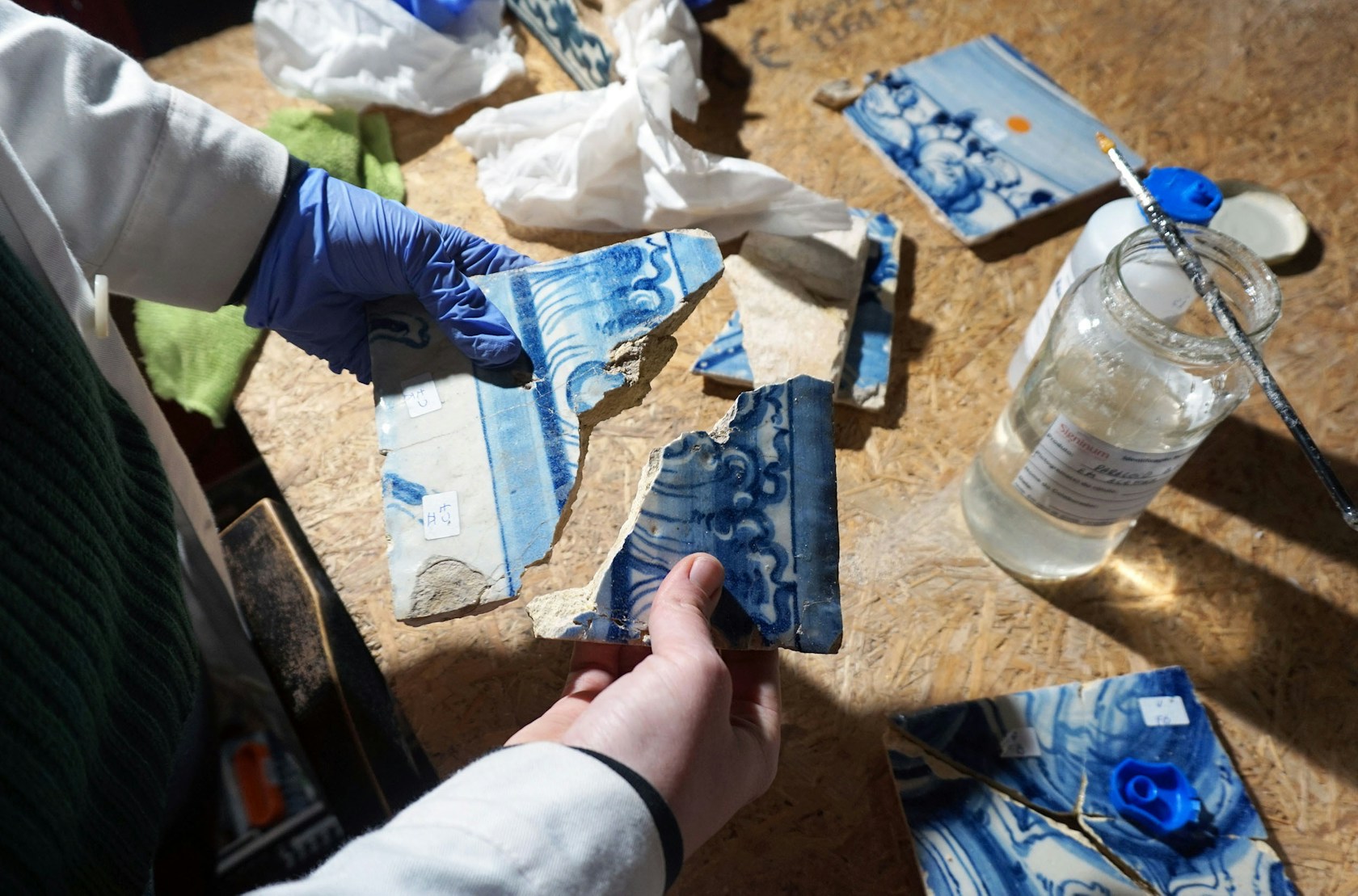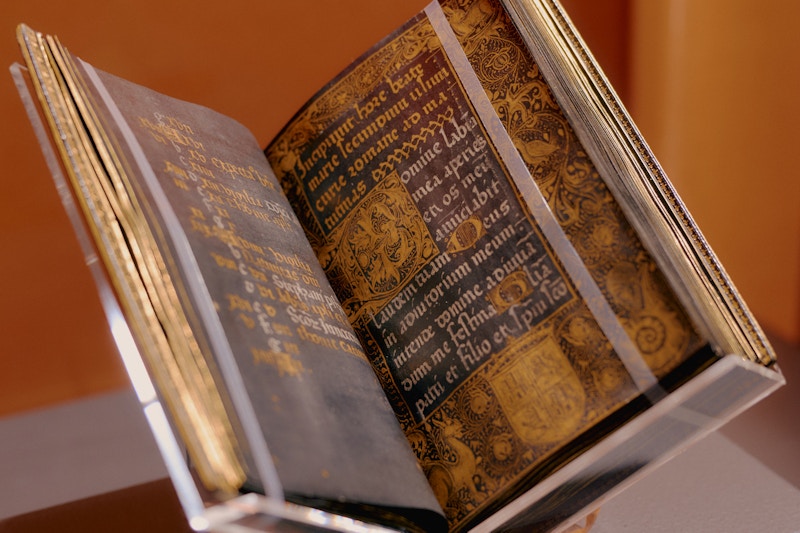
Following Restoration of Over 4,000 Tiles, This “Golden Church” Shines Once More
The TEFAF Museum Restoration Fund supported the restoration of the Capela de las Albertas, one of the great treasures of the Portuguese Baroque
- By TEFAF Editors
- Museum Restoration Fund
Founded in 1884, the collection of the Museu Nacional de Arte Antiga in Lisbon comprises 40,000 objects ranging from paintings and sculpture to decorative arts from Europe, Africa, and the Far East, its roots lying in the country’s historical ecclesiastical and royal collections. The museum is housed in the Palácio Alvor, a late 17th-century palace of great historical and architectural value.
The oldest part of the palace complex is the so-called Capela de las Albertas, a women’s chapel of the Order of the Discalced Carmelites, which became part of the museum in 1917. The first of its kind, the chapel was founded between 1583 and 1598 and, together with the palace, is an example of an Iberian “convent-palace.” Alongside these two components is a later, 20th-century extension, which comprises the whole of what is now the Museu Nacional de Arte Antiga.

Over time, the Capela de las Albertas’ condition degraded severely, and the chapel’s doors were closed in 2007. The roof’s poor condition caused high levels of humidity and old infiltrations; tiles had lost glaze, gaps in the ceramic bodies appeared; and the position of tiles had changed, among others. Following the museum’s repair of the roof, the TEFAF Museum Restoration Fund granted support for the restoration of the interior tiles of the Capela de las Albertas in 2018.
The Capela is notable for the characteristic contrast between the simplicity of its exterior architecture and its sumptuous interior. The inside of the chapel combines gilt carvings and tiles in a strikingly harmonious whole that encompasses architecture, painting, sculpture, and other decorative arts, constituting one of the great treasures of the Portuguese Baroque and an example of the so-called “golden churches.”


The chapel is decorated with tiles from different periods of production, progressing from 16th-century Spanish-made tiles to 17th and 18th-century Portuguese ones. The decorations include panels of blue-and-white figurative tiles from the 18th century that adorn the main chapel and represent scenes from the life of Christ and Saint Teresa and two altar tables decorated with blue, white, and yellow tiles with floral motifs from the same century.
The restoration project aimed to conserve and restore the tiles, which required meticulous and methodical work in the chapel. The first phase of treatment lasted five months, during which it was possible to preserve a total of 4,350 tiles. Following this restoration, the museum was able to open the doors of the Capela de las Albertas once again in 2019.




